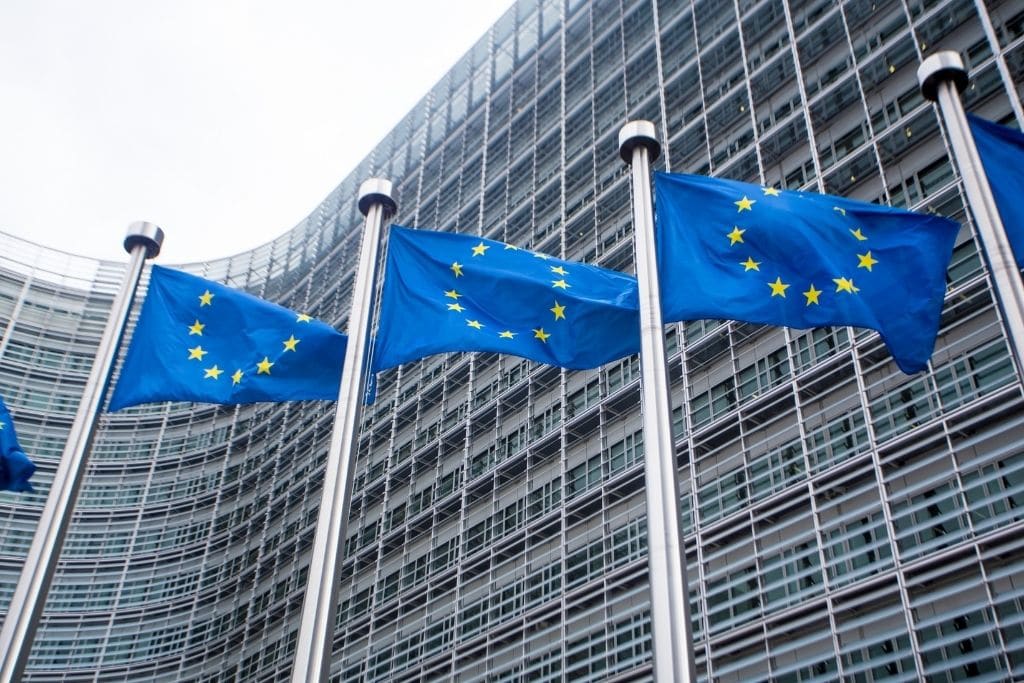The EU carbon border tax will place a charge on carbon-intensive goods imported into the bloc to help meet climate goals and level the playing field for producers in the EU and abroad.
—
European Union governments are in support of a proposal to impose a levy on polluting goods, including iron, steel, cement and aluminium, as part of the the world’s first carbon border tariff.
The proposed EU carbon border tax, which is formally called a carbon border adjustment mechanism, was introduced by the European Commission back in July 2021 as part of the bloc’s ambitious Green Deal to reduce greenhouse gas emissions by 55% by 2030 from 1990 levels.
On March 15, finance ministers from EU countries agreed on their negotiating position, with the European parliament set to confirm its position by July. Once the rules for the tariff are negotiated and approved this year, a three-year transition phase for the levy would begin in 2023.
“This is a huge step forward on reduction of carbon emissions within our borders,” said French Finance Minister Bruno Le Maire. “We will be the first continent to adopt that kind of mechanism. This is a great victory for European ideas.”
“We’re making the effort to reduce carbon emissions in industry.” Le Marie added. “We don’t want these efforts to be of no avail because we import products which contain more carbon.”
You might also like: What is a Carbon Border Tax and How Fair is it?
The carbon border adjustment mechanism will function similarly to the EU Emissions Trading System, where importers of emissions-intensive goods such as steel, cement, fertilisers, aluminium and electricity, must pay a charge to prevent and reduce the risk of ‘carbon leakage’. This refers to the excess carbon emissions from goods made in countries with weaker environmental rules, or relocating production to countries with laxer climate policies.
The tax will help protect European industries that adhere to Europe’s carbon-reduction laws. In other words, level playing field for all producers in the EU and abroad. The levy aims to also encourage investments in new green technologies including hydrogen, and for partner countries to establish carbon pricing policies to fight climate change.
EU member states agreed for the mechanism not to be in full force until January 2026, with finer details to be discussed in upcoming negotiations, including whether revenue from the levy will go into the EU budget. The measure would gradually replace the free CO2 permits industries receive under the EU carbon market to help them stay competitive, but the timeline for the phasing out has yet to be agreed upon and likely to be discussed in separate talks on the EU carbon markets.


















